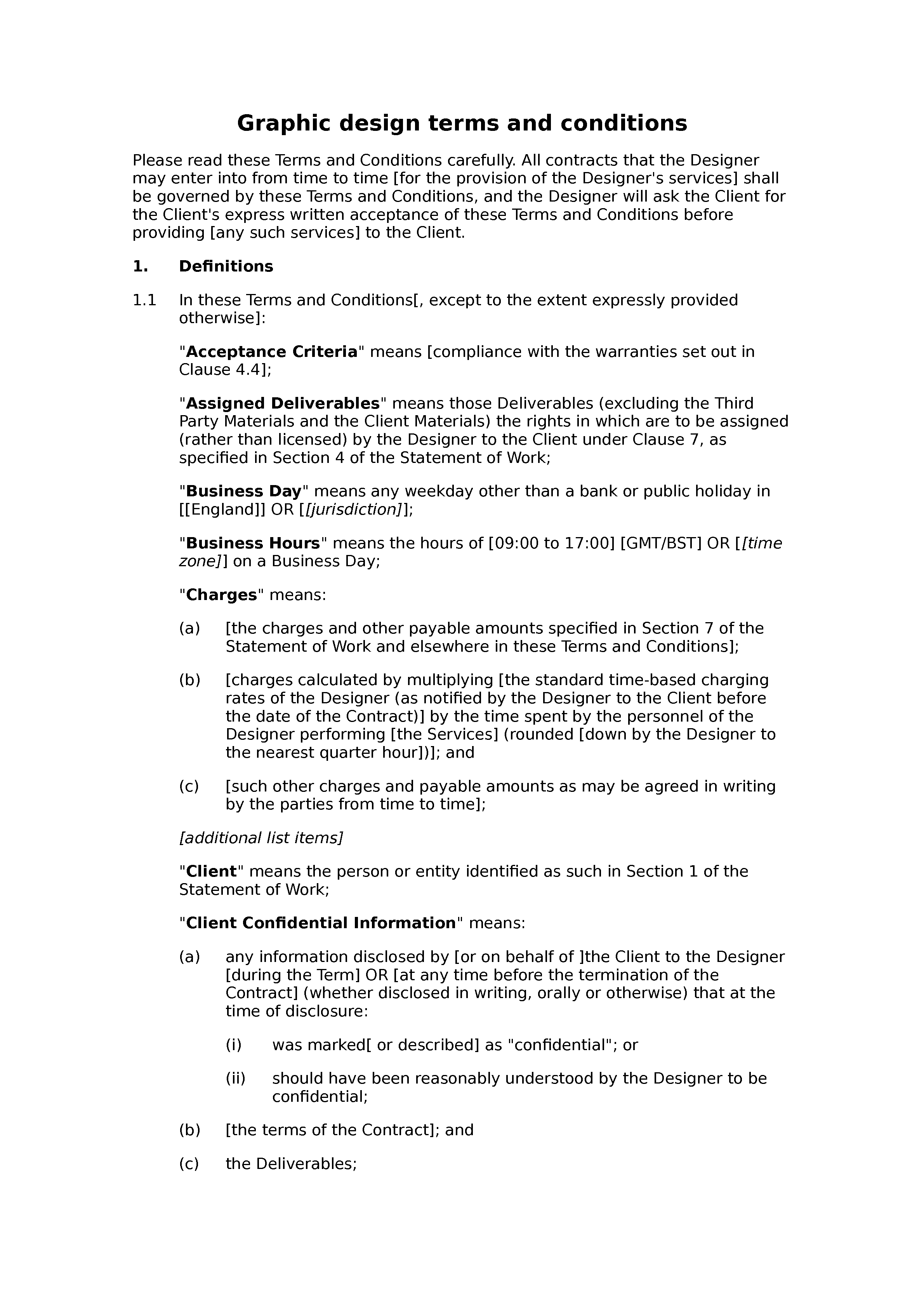Design Terms 101: Everything You Need to Know as a Designer
Table Of Content

Alongside Helvetica Neue, some of the most well known examples of sans serif fonts are Futura and Brandon Grotesque. Moodboards are used to develop the project’s aesthetic, for inspiration or to help communicate a specific idea or concept. Kern is the space between two specific letters or characters, and the process of adjusting the space between letters or characters.
Design terms: Branding
It includes product shots against a white background or fashion flat sketches. The little edges that stick out from letters in certain typefaces. For example, at the end of the letter “T” at the top left, top right and base of the letter. Common serif fonts include Times New Roman, Georgia and Garamond. The process of adjusting the spacing between specific characters in a font, which helps you to create proportional and balanced typography.
What Is a Lettermark or Monogram?
Different combinations can produce a vast range of other colors. Understanding the RGB color model is essential for anyone working in any digital design medium, including graphic design, digital art, web design, and more. A typography-related term, tracking—also known as letter-spacing—refers to the uniform adjustment of spacing between all characters in a block of text. It’s used to improve readability and visual consistency, adjust text density, and create visual balance in typography. Proportion refers to the relative size, scale, and relationship of elements within a design. It involves balancing the visual weight of different components to create a harmonious and aesthetically pleasing composition.
What is Script Font?
See our color palettes library for examples and inspiration. Are you interested in becoming a graphic designer but don't know where to start? Noto is a font family that aims to remove tofu from the web entirely—it’s short for ‘No tofu’.
‘It was by design’: Black residents try to come to terms with horror of shooting - The Guardian US
‘It was by design’: Black residents try to come to terms with horror of shooting.
Posted: Mon, 16 May 2022 07:00:00 GMT [source]
The location of the components on a layout—the way the visual elements are arranged to line up—is referred to as alignment. Alignment can be set to the left, right, justified, or centered. Any element on a website has visual weight, which may be influenced by its form, size, color, and texture. Some items may require a specific scale to balance a layout.
Font style

Most graphic design software allows designers to create and manipulate vector images. Secondly and more importantly, it refers to the art and procedure of arranging type to make it readable, legible, attractive and engaging in print or digital designs. Typography is something that all graphic designers will deal with in their careers—whether they are working at a type foundry, creating their own typefaces, or working in UX design.
What is a Lettermark?

In graphic design, a gutter refers to the space between columns or other elements in a layout. It helps to visually separate content and improve readability by providing breathing room between different sections. Contrast describes the degree of visual difference between elements in a design. It can refer to differences in colour, texture, size, shape, or weight. Contrast helps to create visual interest, to emphasise important elements, and to establish visual hierarchy (see number 19 in our glossary). In the case of written content, contrast is crucial for ensuring that all text is legible and accessible.
Web and Digital
Branding is all about how a product, service, or organisation is perceived by its consumers. It’s a strategic process that focuses on creating a distinctive identity that sets the brand apart from competitors and resonates with the target audience. Alignment is one of the fundamental principles of graphic design. It refers to the arrangement or positioning of elements relative to each other within a design.
How to Use Pinterest – And Why You Should as a Creator or Business
Leading is a typography term that refers to the space between lines of text. It originates from the days of metal type, when thin strips of lead were used to create vertical spacing. Leading is important for readability – too little can make text dense and difficult to read, while too much can disconnect the lines of text. Opacity refers to the degree to which light is allowed to travel through an object. In graphic design, the opacity level of an element can be adjusted to create different effects.
Design of Christchurch 'flawed' in terms of wellbeing - The Press
Design of Christchurch 'flawed' in terms of wellbeing.
Posted: Mon, 27 Nov 2023 08:00:00 GMT [source]
This A-to-Z glossary defines key Graphic Design terms you need to know. A widow is a single word or short line at the end of a paragraph that appears alone on the next line. This often looks awkward and can disrupt the flow of a design.
Analogous – Analogous color schemes are those made up of colors adjacent to one another on the color wheel. The use of such similar, well-matched colors results in designs that feel serene and harmonious. Trim – Trim size is the final size of a printed design after it has been cut to size. Trim marks are the lines just outside the corners of a design to show where a cut should be made.
Font weight ranges from 100 to 900 with “normal” font being 400 so 100 being extra light or equivalent and 900 being extra black or equivalent. Though, you’ll rarely need to use the numbers as Adobe Creative Cloud and similar programs give the font weight as their names. A process also known as foil stamping, foiling is a type of printing where metallic or pigmented foil is applied to a surface through the application of heat and a die. A relatively uncomplicated process, foiling can add extra dimensions to a design especially packaging—they’re excellent for catching a potential customers’ eye on shop shelves. Back to our friend the baseline—the cap height is the height of the top of a capital letter in any given font above the baseline.
Bad breaks is a generic term used to describe widows or orphans in a piece of text. A gradient is a gradual blend between two or more colors or between shades of the same color. Gradients can be linear (blending from one color to another along a line), radial (blending in a circular or elliptical pattern), or in a freeform path.
Comments
Post a Comment